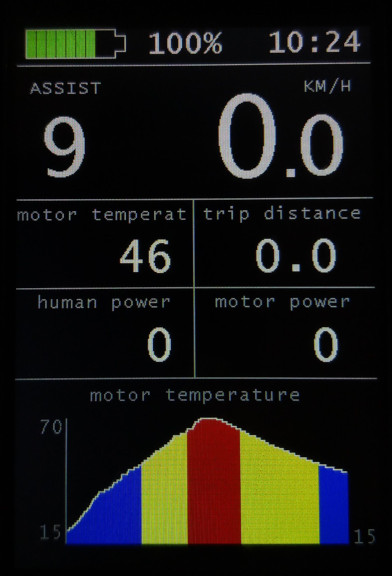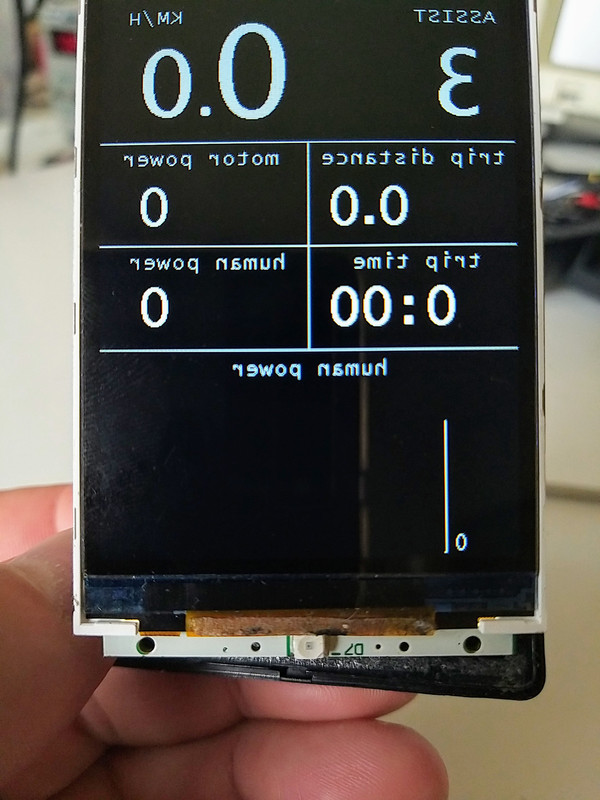Dirkro
10 W
Dirkro said:buba said:Dirkro said:buba said:Can confirm that there is a bug with the cadence displayed when I installed the 0.20.0 Beta 1 from the official project page. But it seems that the bug is not present on the 0.20.0 Beta 1 that is on my drive... Will have to confirm this by testing some more.
I installed 0.20Beta1 Yesterday from Github
Did cadence sensor calibration / advance mode during setup,
My cadence is shown OK, a little bit flickering up and down ( +/- 2)
So it seems that the cadence is okay for you using the official firmware version. Let me know if you get any problems!
Dirkro said:Was working fine on first test drive, working very smooth and nice!
Was a little confused by the changed Street mode handling.
Glad to hear! I hope you quickly got used to it!
Dirkro said:One question:
I used standard settings for assistance. But swiched on MTB Mode.
Is the MTB Mode something on top of the other assistance modes or working only seperatly.
If on top , which kind of assistance is recomended to cooperate with this?
E-MTB Mode is a standalone riding mode and is isolated from the other modes. You can use it whenever you need a very responsive mode with access to the entire power range in one single mode.
There are no recommendation per se, just try it out and configure so it suits your riding style
Sorry, then I have some questions with the modes:
Should I only enable one mode in the configuration?
If so, what will happen if I will enable two different modes?
If not, How to change from mainscreen? I did not find the method to swich!
Regarding MTB Mode: just to ned to put on the sensitiveness. Nothing to change with the assistance butons right?
I am so curious to get it running!
Found it
For people who dont find: It is behind the highest support mode (9 in standard config)
For me 9-10 is the best value for E-MTB sensivity.




